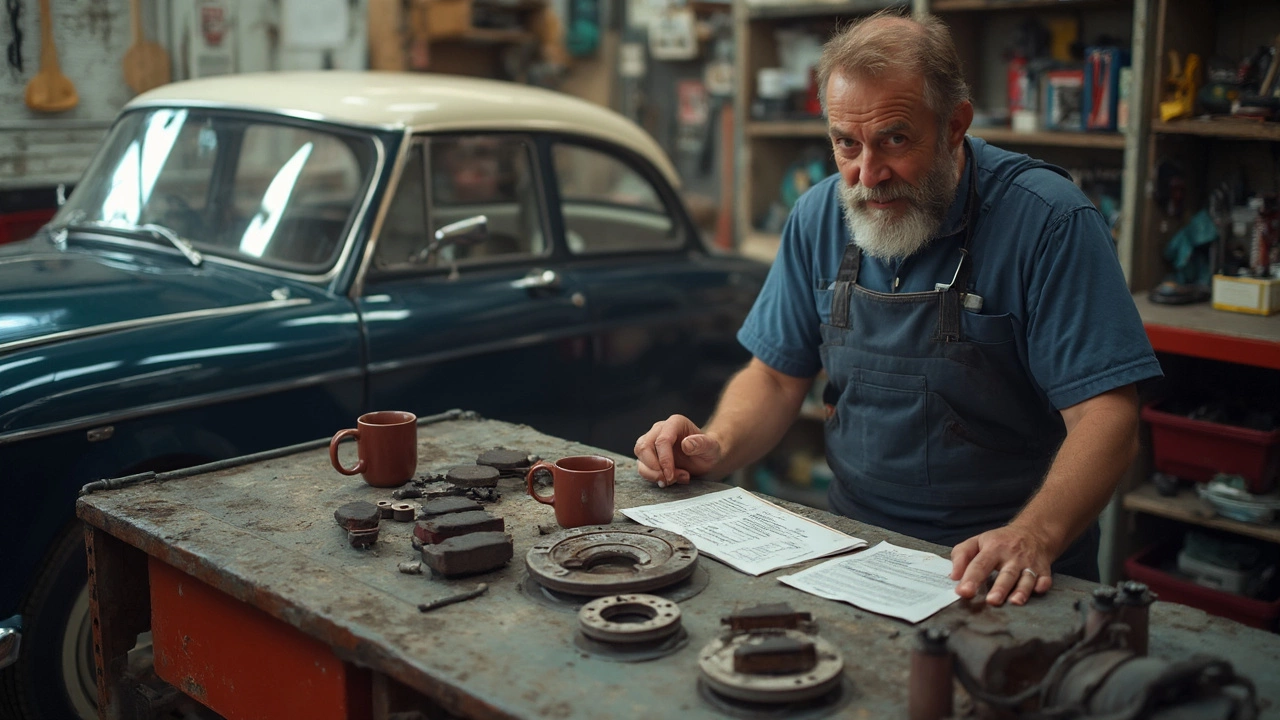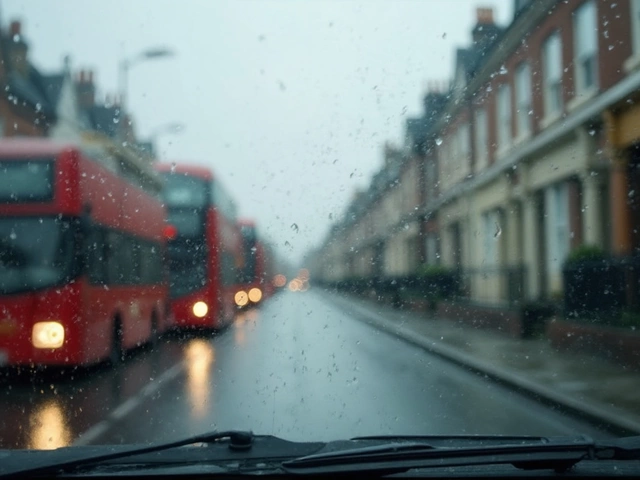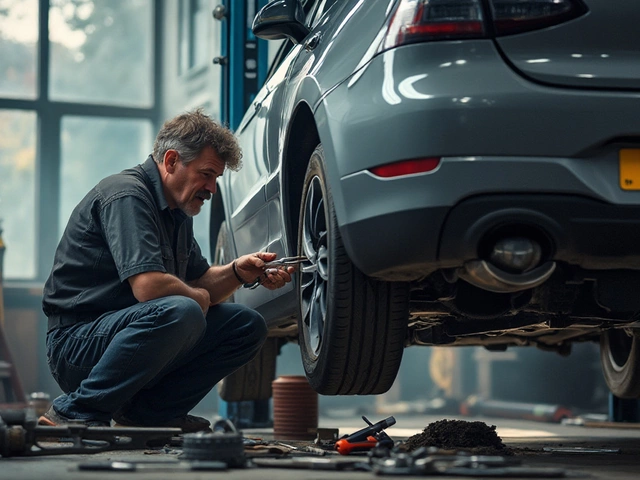Change Brake Pads Only – Quick Facts for Safe DIY Work
If you’re thinking about swapping out just the front or rear brake pads, you’re not alone. Many car owners ask, "Can I change only the rear brake pads?" The short answer is yes, you can, but only if you understand the risks and know the right steps.
First, check why you need new pads. A squeal, reduced braking feel, or a warning light usually tells you which axle is wearing out. If the front pads are still within spec, swapping just the rear ones can save money and time.
When It’s Smart to Replace Only One Set
Changing only the rear pads makes sense when the front pads still have plenty of life left. Front pads typically wear faster because they do most of the stopping work. Measure pad thickness with a ruler – anything under 3 mm needs replacement. If the front pads are above that, you can safely leave them alone.
Another good reason is a mix‑and‑match situation after a previous repair. If a previous mechanic only replaced the rear pads, you might want to match the brand or type for even wear.
Steps to Replace Only Rear Brake Pads
Gather the basics: a jack, jack stands, lug wrench, C‑clamp or brake piston tool, and the new pads. Safety first – always work on a flat surface, chock the front wheels, and let the car sit for a few minutes after lifting.
1. Loosen the rear wheel lug nuts, then lift the car and secure it with stands. 2. Remove the wheel and locate the brake caliper. 3. Unscrew the caliper bolts and swing the caliper away – don’t let it dangle from the brake line. 4. Take out the old pads, note how the shims sit, and clean any dust from the caliper bore.
5. Use the C‑clamp to squeeze the caliper piston back into its bore. This creates space for the new, thicker pads. 6. Install the fresh pads, making sure any shims go back exactly where they were. 7. Re‑mount the caliper, tighten the bolts to the manufacturer’s torque, and put the wheel back on.
After everything is tightened, pump the brake pedal a few times before you drive. This pushes the pads against the rotor and restores normal pedal feel.
Even though you only changed the rear pads, still check the front pads for wear during the same session. Spotting uneven wear early can prevent costly repairs later.
Cost-wise, a set of rear pads runs between £30‑£80, depending on brand and vehicle. If you hire a garage, labor adds roughly £40‑£60. Doing it yourself can cut the total bill in half.
Remember, brakes are a safety‑critical system. If you ever feel unsure, it’s worth getting a professional to inspect your work. A quick MOT check can also confirm everything is within legal limits.
Bottom line: Changing only the rear brake pads is fine when the fronts are still good, you follow the correct steps, and you double‑check everything before hitting the road. Save cash, stay safe, and enjoy that fresh, squeak‑free braking feel.
 6 May 2025
6 May 2025
Brake Pads: Is It OK to Change Only the Pads?
Changing just the brake pads can sound like an easy and cheap fix, but is it actually a smart move for your car’s safety and performance? This article explains when it’s okay to swap out only the pads and when you should really be thinking about those rotors too. We’ll talk about wear-and-tear signs, the role of smooth braking, and how skipping full maintenance could actually cost you more. From quick tips to real-world examples, you’ll get straight answers on keeping your brakes in top shape. Make smarter choices for safe stopping power and avoid rookie mistakes.






0